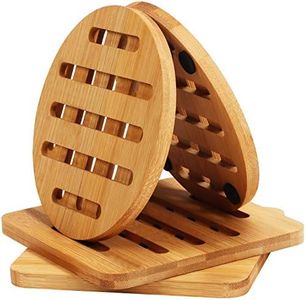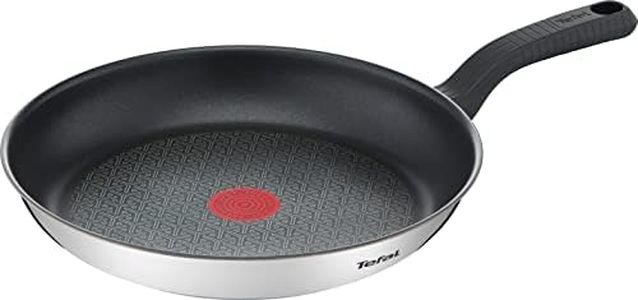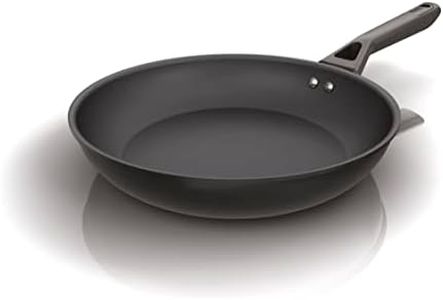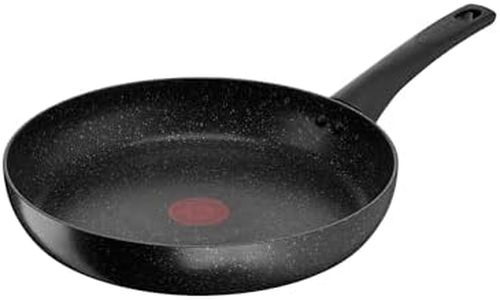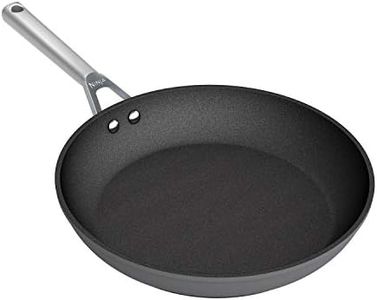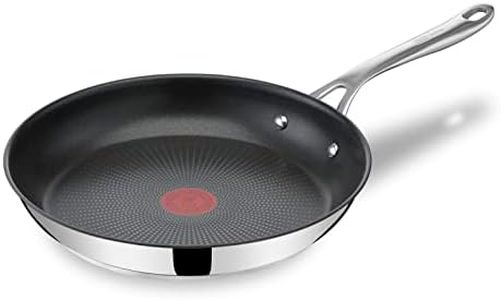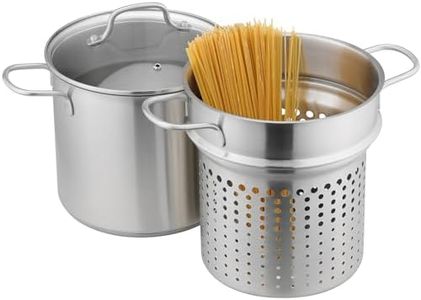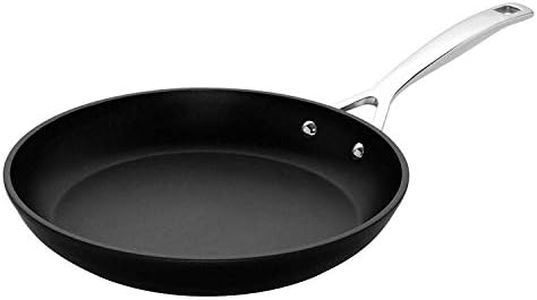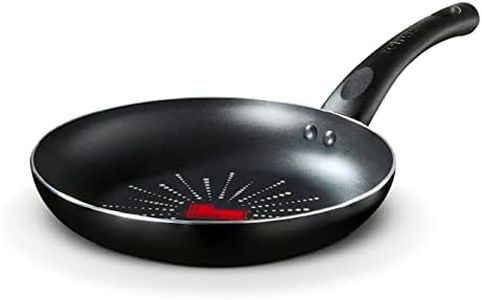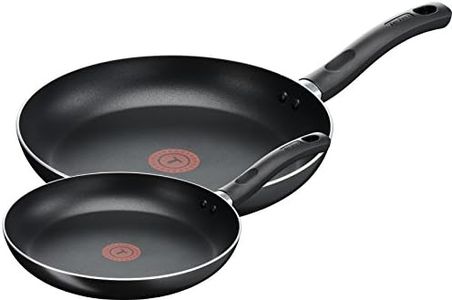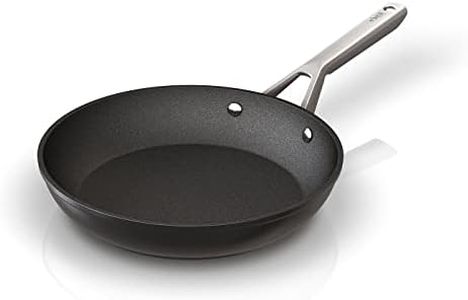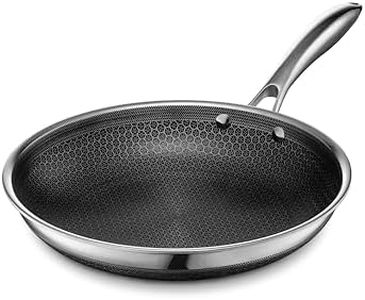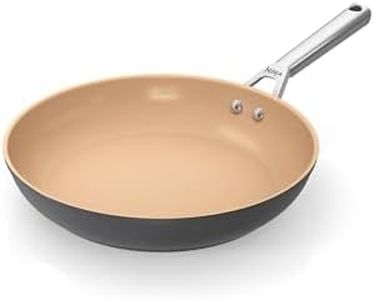We Use CookiesWe use cookies to enhance the security, performance,
functionality and for analytical and promotional activities. By continuing to browse this site you
are agreeing to our privacy policy
10 Best Non Stick Frying Pans
From leading brands and best sellers available on the web.Buying Guide for the Best Non Stick Frying Pans
Choosing the right non-stick frying pan can make a big difference in your cooking experience. Non-stick frying pans are designed to prevent food from sticking, making cooking and cleaning easier. When selecting a non-stick frying pan, consider the following key specifications to ensure you get the best fit for your needs.MaterialThe material of a non-stick frying pan affects its durability, heat distribution, and cooking performance. Common materials include aluminum, stainless steel, and ceramic. Aluminum pans are lightweight and heat up quickly, making them ideal for everyday cooking. Stainless steel pans are more durable and resistant to scratches, but they may not heat as evenly. Ceramic pans are known for their natural non-stick properties and are often free from harmful chemicals. Choose a material based on your cooking habits and preferences.
Non-stick CoatingThe non-stick coating is what prevents food from sticking to the pan. There are different types of coatings, such as Teflon, ceramic, and diamond-infused. Teflon is widely used and provides excellent non-stick performance, but it can degrade at high temperatures. Ceramic coatings are a safer alternative, offering good non-stick properties without harmful chemicals. Diamond-infused coatings are highly durable and provide superior non-stick performance. Consider how often you cook and the types of food you prepare to choose the right coating.
SizeThe size of the frying pan determines how much food you can cook at once. Common sizes range from 8 inches to 12 inches in diameter. Smaller pans are perfect for single servings or small meals, while larger pans are better for family-sized portions or cooking multiple items at once. Think about the number of people you usually cook for and the types of dishes you make to select the appropriate size.
HandleThe handle of a frying pan affects comfort and safety during cooking. Look for handles that are ergonomically designed and stay cool to the touch. Some handles are riveted for extra durability, while others may have a silicone or rubber grip for added comfort. If you often move your pan from stovetop to oven, consider a handle that is oven-safe. Choose a handle that feels comfortable in your hand and suits your cooking style.
CompatibilityCompatibility refers to whether the frying pan can be used on different types of stovetops, such as gas, electric, induction, or ceramic. Not all pans are suitable for induction cooktops, so check the manufacturer's specifications if you have an induction stove. Additionally, some pans are oven-safe, allowing you to start cooking on the stovetop and finish in the oven. Consider your kitchen setup and cooking methods to ensure the pan you choose is compatible with your appliances.
DurabilityDurability is important for the longevity of your frying pan. Look for pans with a sturdy construction and a high-quality non-stick coating that can withstand regular use. Some pans come with reinforced bases or additional layers to enhance durability. Consider how often you cook and how you handle your cookware to choose a pan that will last. A durable pan will save you money in the long run and provide consistent cooking performance.
